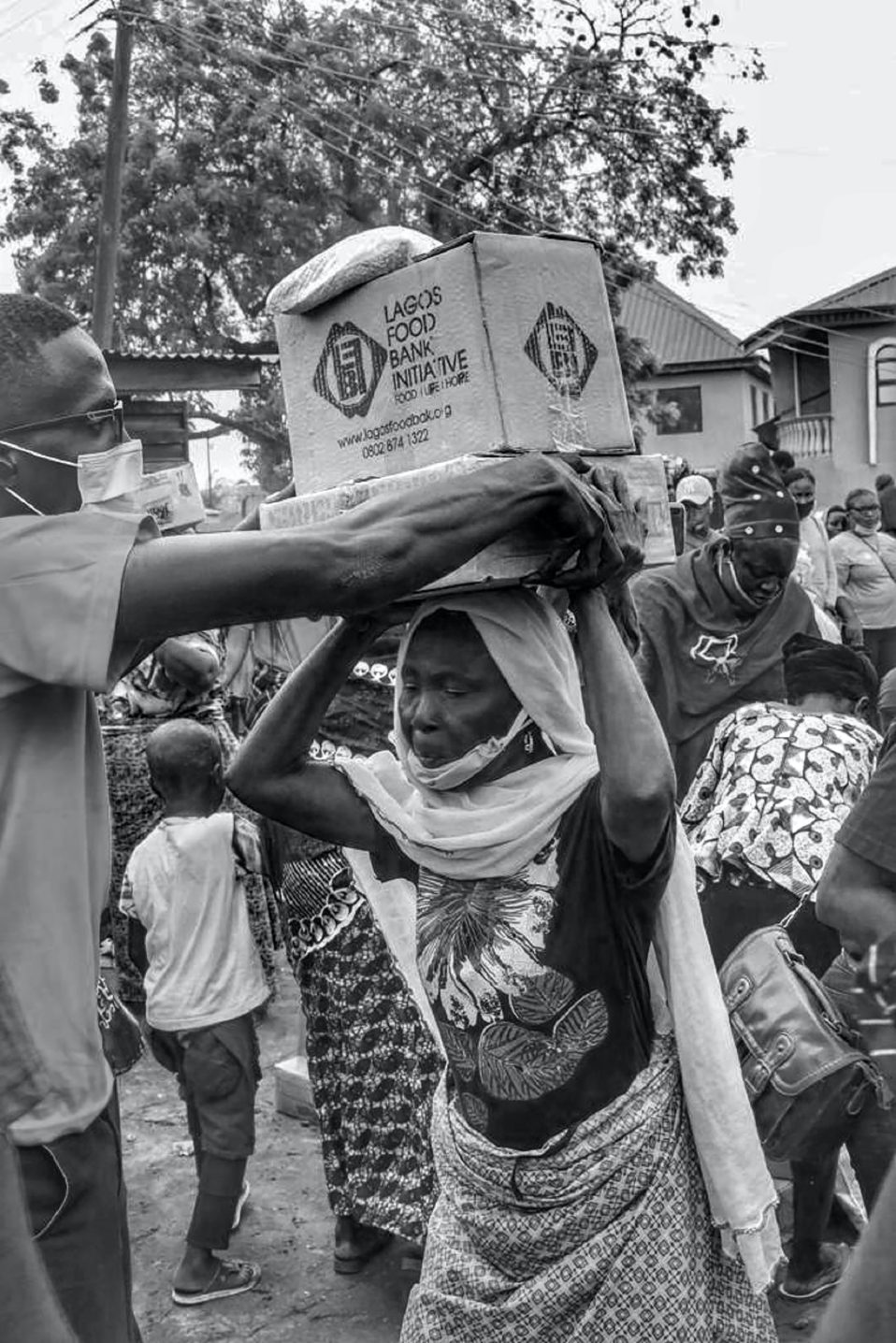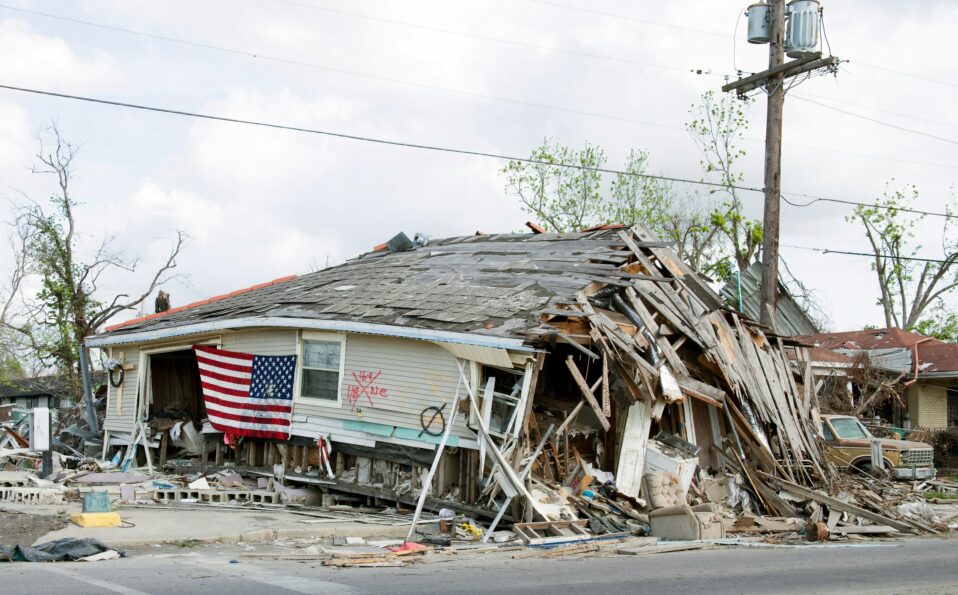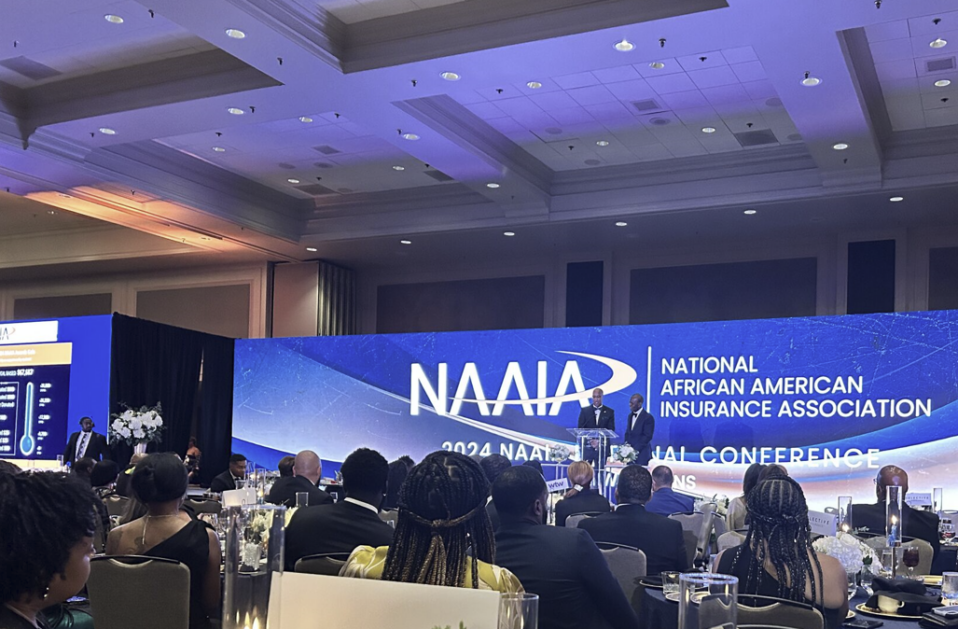With data showing natural disasters are on the rise, climate change is here, and it is real. Meanwhile, marginalized and underserved communities are increasingly facing disproportionate impacts from natural disasters. These communities also receive disproportionate relief and assistance following the aftermath of disasters, as a result of systemic and socioeconomic factors.
Policymakers need to step up and advocate for changes that champion equitable access to disaster relief resources. Moreover, NGOs, government agencies, and stakeholders need an inclusive, sustained, and collaborative approach to address the disparities in natural disaster relief if all Americans are to enjoy equitable responses to natural disasters.
FEMA and Disaster Relief: What You Need to Know
The Federal Emergency Management Agency (FEMA) plays a vital role in disaster relief. FEMA is one of the agencies run by the United States Department of Homeland Security, and it is in charge of coordinating how the federal government responds to manmade and natural disasters.
Enhancing community preparedness, coordinating with federal, state, and local agencies in the event of a disaster, facilitating the disaster recovery process, and mitigating the impact of future disasters are FEMA’s four objectives. However, there are concerns over the agency’s ability to meet its objectives, as a result of disparities in the relief they provide marginalized communities.
Disparities in FEMA’s Relief
Access to Information: Marginalized communities can find it difficult to access FEMA’s relief program due to inaccessible information or language barriers.
Application Process: Low-income individuals with limited technology access can miss out on FEMA’s assistance as a result of a complex and overwhelming application process.
Cultural Competence: The agency’s work may lack cultural competence. Consequently, FEMA can be insensitive to the practices and needs of marginalized communities.
Housing and Shelter: Low-income and marginalized communities need equitable distribution of emergency shelter and disaster relief resources from FEMA, especially since they struggle to secure and suitable housing following natural disasters.
Racial Disparities: Statistics show that communities of color encounter disparities in the assistance FEMA provides. Additionally, these disparities result from systemic inequalities that leave marginalized communities with limited access to resources.
How Proper Data Collection Is Essential for Equitable Disaster Relief
Comprehensive and proper data collection is the cornerstone of equitable disaster relief. FEMA can use the data to improve their understanding of the disaster-struck area, and this will allow them to respond to the disaster using methods that promote socioeconomic and racial inclusivity.
Fortunately, The NAAIA Foundation is committed to providing disaster relief to underserved black communities through targeted assistance that offers financial assistance to underserved communities, awareness and advocacy that pushes for policy reforms to ensure equitable allocation of disaster relief efforts, and collaboration with relief agencies, community leaders, and nonprofits.



Post a comment